Nowadays managing waste efficiently has become more important than ever. With increasing urbanization and consumption, the amount of waste generated is skyrocketing. Managing waste efficiently has become more important than ever. Proper waste segregation plays a crucial role in managing this waste efficiently. Now here comes the role of different types of waste bins. Also known as dustbins or trash cans, are designed to collect based on the types of waste. Ensuring that all the wastes are disposed of properly without any harm to the environment.
But have you ever wondered why there are so many types of waste bins of different colors, and how do they contribute to better waste management?
The answer lies in the concept of waste segregation. Different waste types such as recyclables, organic materials, hazardous waste, and general waste need different treatments for their proper disposal. Each bin type is color-coded and designated for a particular kind of waste. This makes it easier for people to dispose of their trash properly. Some waste bins are designed for materials that can be recycled, while others are for wastes that can be turned into compost. There are also separate color-coded bins for hazardous and medical waste, which requires careful handling to avoid environmental contamination and harm.
This extra effort in separating waste by utilizing the correct bins assists in reducing the amount of waste going to landfills. Encourages recycling and reduces environmental hazards. In this article, we will explore the different types of waste bins according to their color coding and how they help us manage waste effectively.
Types of Dustbins
General Waste Bin (Black Dustbin)
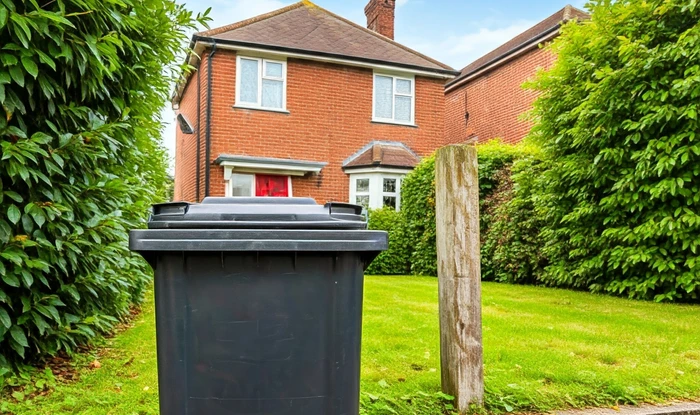
General waste bins are the most common type of waste bins you’ll see. Almost everywhere – from homes to offices and public places. These bins are designed to collect non-recyclable and non-hazardous waste – the waste that doesn’t fit into the other categories like organic, recyclable, or medical waste.
Examples: Contaminated food items, plastic packaging, non-recyclable plastics, old shoes, and clothes that cannot be reused.
Proper use of general waste bins helps keep non-recyclable waste separate from other types of waste, making the overall waste management process more efficient.
Recyclable Waste Bins (Blue Dustbin)
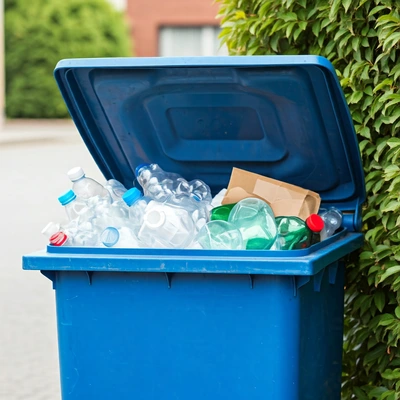
Recyclable waste bins are mostly identified with a blue color. These are designated for the wastes that can be recycled. The purpose of this bin is to collect materials that can be processed and turned into new products.
Examples: Paper products, plastic containers, glass containers, metal items, etc.
Recycling helps conserve natural resources, saves energy, and reduces pollution. It is one of the simplest and most effective methods to contribute to environmental sustainability.
Organic Waste Bins (Green Dustbin)
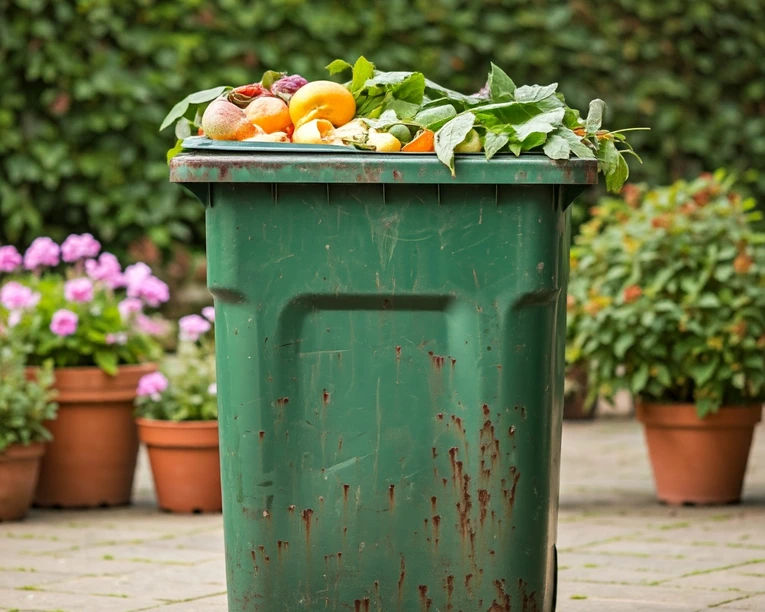
Organic waste bins are commonly recognized by their green color. Helps considerably with the proper handling of biodegradable trash. These are designed to collect organic waste that decomposes naturally over time.
Examples: food waste, garden waste, tissues, and many more.
Green bins are widely used in areas where organic waste is generated such as kitchens and gardens. So, the next time you’re about to throw away your food scraps or yard waste, make sure it goes into the green bin.
Hazardous Waste Bins (Red Dustbin)
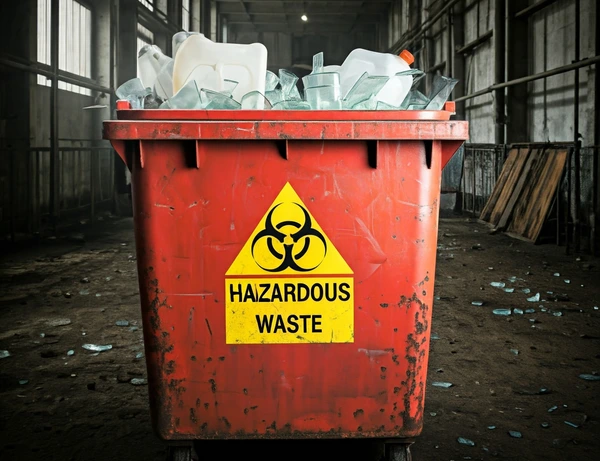
Hazardous waste bins are commonly represented by red-colored dustbins. These bins are specially designed to handle waste that poses a risk to human health, animals, and the environment if not disposed of properly.
Examples: Medical waste, chemical waste, paints and solvents, old batteries, electronic waste, and radioactive waste.
These are not the types of waste you’ll find daily. But if you have this waste and you’re about to throw it, make sure it goes in the red bin. Proper disposal of hazardous waste is crucial to prevent contamination of soil and water and to protect public health. These bins are often found in hospitals, laboratories, and industrial areas.
Benefits of Using Different Types of Waste Bins
Using separate waste bins for different waste types offers several benefits. Whether at home, in the workplace, or in public areas, separating waste into designated bins has numerous advantages.
Starting with environmental benefits, it helps reduce pollution, conserves resources, and promotes recycling and composting. Coming to health benefits, it minimizes the risk of diseases by ensuring that the hazardous wastes are managed safely. Lastly, economically, it helps in saving money by reducing the need for new raw materials and also reduces waste management costs.
Proper waste segregation is the first step to making our surroundings clean. And helps reduce the negative impact on the planet.
Conclusion
Using different types of waste bins is a crucial role in managing the waste efficiently. Segregating the waste by following the color-coding system, helps reduce our dependency on landfills, promotes recycling, and ensures that hazardous materials are handled properly.
Using the correct waste bins is a small action that can lead to large environmental benefits. It’s a habit that everyone should adopt—whether at home, work, or in public spaces. When we each do our part to dispose of waste responsibly, we are contributing to a healthier, cleaner, and more sustainable world for ourselves and future generations.
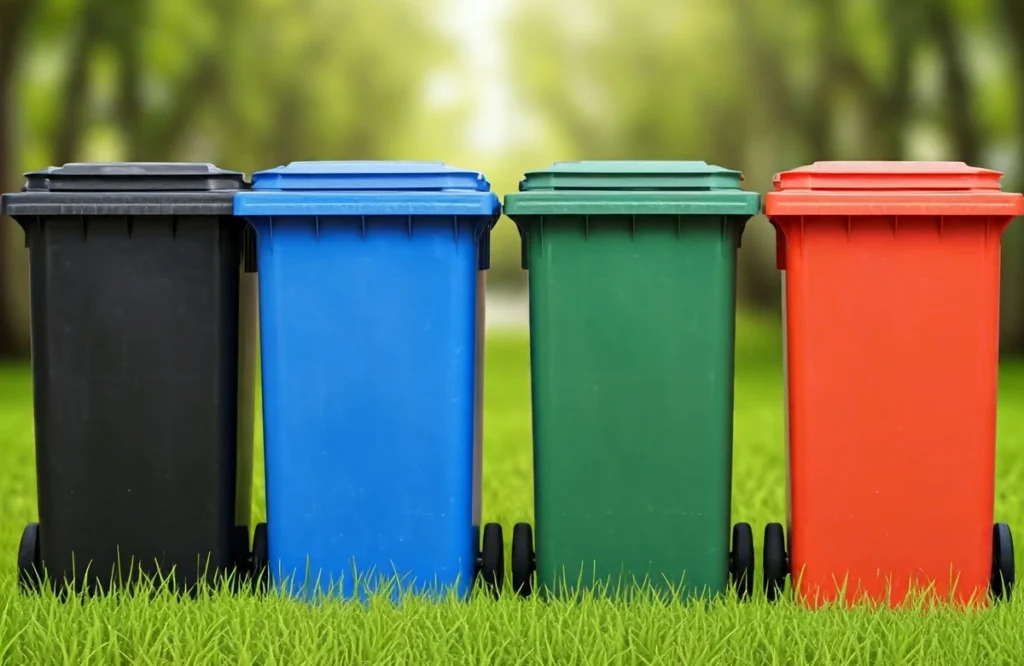
Pingback: Easy-to-Follow 10 Ways to Keep Our Surroundings Clean - Greenizc